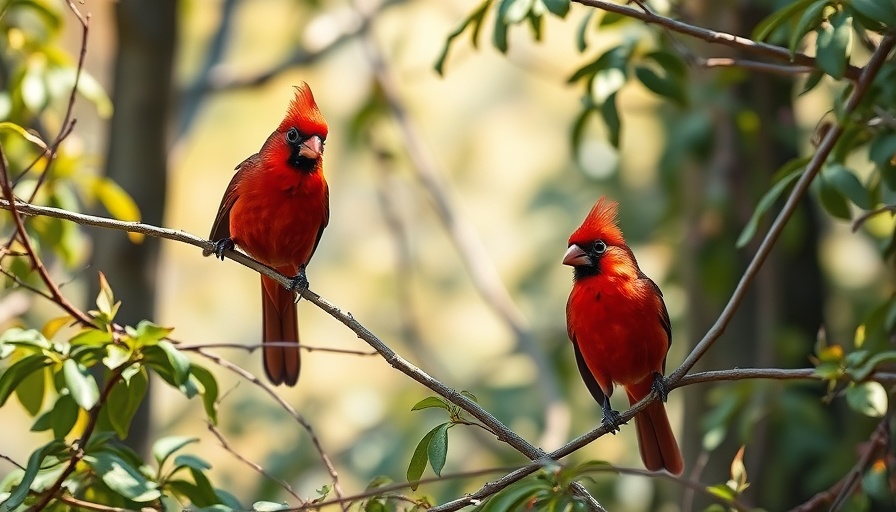
How AI Revolutionizes Conservation Efforts
In a world grappling with climate change and increasing extinction rates, Artificial Intelligence (AI) emerges as a beacon of hope. The collaboration between conservationists and tech companies, exemplified by projects like the “Perch search,” showcases how AI can significantly enhance our understanding and protection of endangered species, particularly the unique avian populations of Hawaii.
In 'Can AI help to save endangered birds?', the discussion dives into the intersection of technology and conservation, exploring key insights that sparked deeper analysis on our end.
The Extinction Crisis in Hawaii
Hawaii is often referred to as the extinction capital of the world, with about three-fourths of its native bird species lost due to a combination of habitat destruction and disease—specifically avian malaria spread by introduced mosquitoes. The fragile ecosystems of the islands face a ticking clock as global temperatures rise, allowing the mosquito population to expand their territory and threaten the remaining high-elevation bird species. The urgency for innovative conservation strategies has never been more critical.
Harnessing Bioacoustics for Action
The idea of using audio recordings to study bird populations might seem simple, but it's a game-changer for conservationists. Every chirp and call provides data on the health and dynamics of bird communities. Traditional methods of analyzing this data can take years, a risky timeline when the species in question could vanish at any moment. By integrating AI technology from partnerships with tech leaders like Google, the process can be expedited, offering immediate insights that can guide conservation efforts effectively.
What is the “Perch Search”? Discovering New Possibilities
The “Perch search” is a testament to technological ingenuity. By applying AI models to vast soundscapes, researchers can swiftly identify different bird species—even those closely related ones that sound similar. This capability accelerates data analysis, enabling conservationists to monitor healthy and recovering populations more effectively. The hope is that this technology not only identifies the populations present but also reveals areas where targeted conservation actions can be undertaken.
The Future of Conservation and Business Innovation
For women entrepreneurs and business owners, the implications of such technology extend beyond environmental concerns. By investing in sustainable technology and innovative conservation methods, there is an opportunity to create niche markets and drive revenue. The use of AI in conservation can inspire business models that prioritize ecological health, opening doors to funding, partnerships, and community engagement.
Conclusion: Take Action for Sustainable Solutions
AI presents groundbreaking opportunities for addressing pressing environmental issues while simultaneously offering potential avenues for business innovation. Women in business can leverage these advancements to craft solutions that contribute to ecological sustainability, building a legacy of positive impact for future generations. Let’s embrace technology in a way that supports both our planet and our economic endeavors—an invitation to invest in a sustainable, tech-driven future.
 Add Row
Add Row  Add
Add 




Write A Comment